Waterproofing Solutions for Building Protection
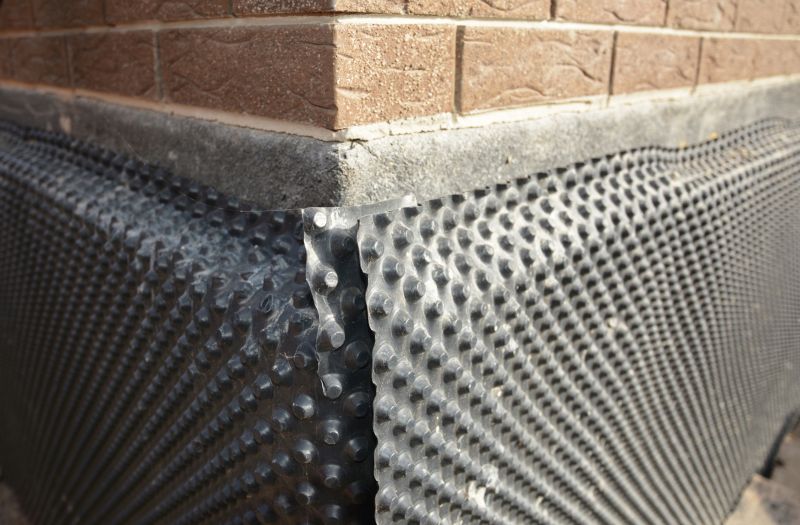
Spring offers moderate temperatures and dry conditions ideal for waterproofing projects, ensuring proper adhesion and curing.
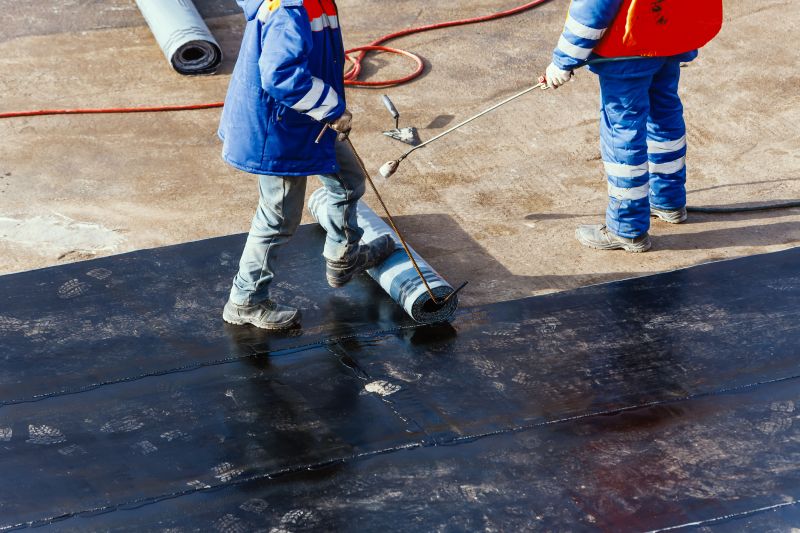
Summer provides warm weather, but high humidity and rain can delay or affect the effectiveness of waterproofing applications.
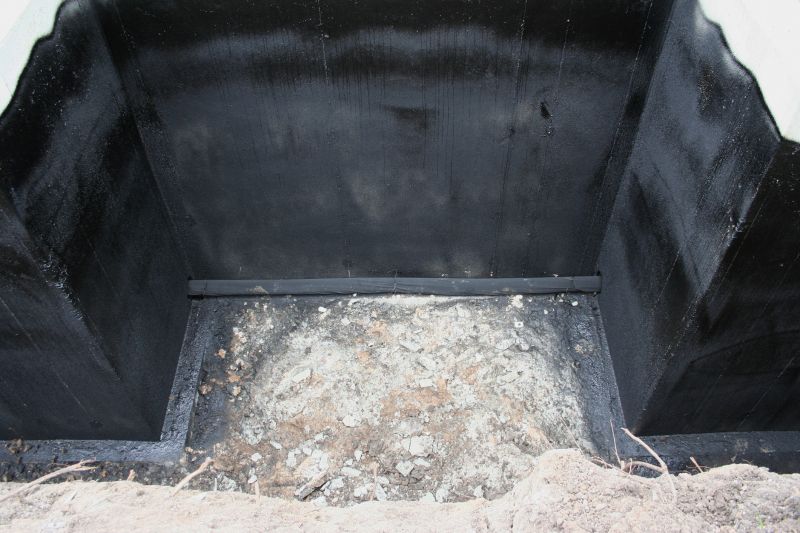
Fall's cooler temperatures and lower humidity create suitable conditions for waterproofing, especially before winter.

Ways to make Waterproofings work in tight or awkward layouts.

Popular materials for Waterproofings and why they hold up over time.

Simple add-ons that improve Waterproofings without blowing the budget.
Waterproofing is a critical process used to prevent water intrusion in buildings and structures. Proper waterproofing enhances durability, prevents structural damage, and maintains the integrity of foundations, roofs, and basements. It involves applying specialized materials to surfaces to create a water-resistant barrier, which is essential in both new constructions and renovation projects.
Statistics indicate that waterproofing can significantly extend the lifespan of structures, reducing repair costs and preventing water-related damages. For example, effective basement waterproofing can prevent up to 80% of water infiltration issues, saving on long-term maintenance expenses. The choice of waterproofing method and timing depends on climate conditions, material compatibility, and project scope.
Various methods include liquid membranes, sheet membranes, and cementitious coatings, each suited for specific applications and environments.
Common waterproofing materials include bituminous coatings, polyurethane, EPDM rubber, and bentonite clay membranes.
Proper surface preparation, including cleaning and drying, ensures optimal adhesion and effectiveness of waterproofing materials.
Issues such as improper application, surface cracks, and temperature fluctuations can compromise waterproofing performance.

Applying waterproofing membrane on foundation walls.
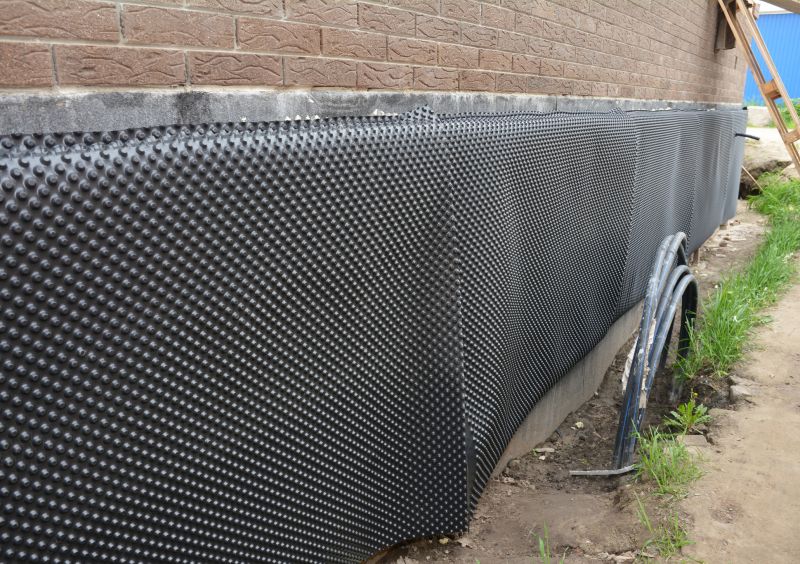
Sealing basement walls to prevent water infiltration.

Coating roofs to protect against leaks and water damage.

Using high-quality materials for durable protection.

High-end options that actually feel worth it for Waterproofings.

Finishes and colors that play nicely with Waterproofings.

Little measurements that prevent headaches on Waterproofings day.

A 60-second routine that keeps Waterproofings looking new.
| Season | Ideal Conditions |
|---|---|
| Spring | Moderate temperatures, low humidity, dry weather |
| Summer | Warm temperatures, but watch for high humidity and rain |
| Fall | Cooler temperatures, low humidity, dry conditions |
| Winter | Generally not recommended due to cold and moisture issues |

Scheduling during optimal weather conditions ensures better results.
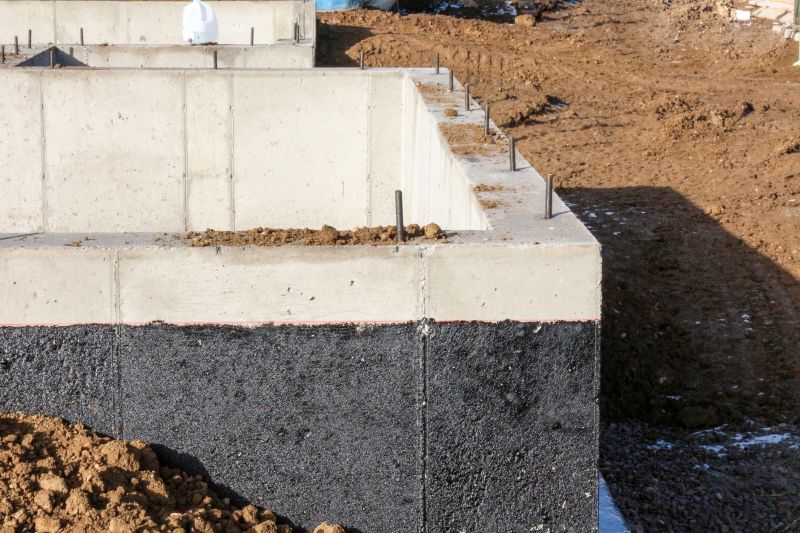
Adjusting techniques based on seasonal weather helps maintain waterproofing quality.
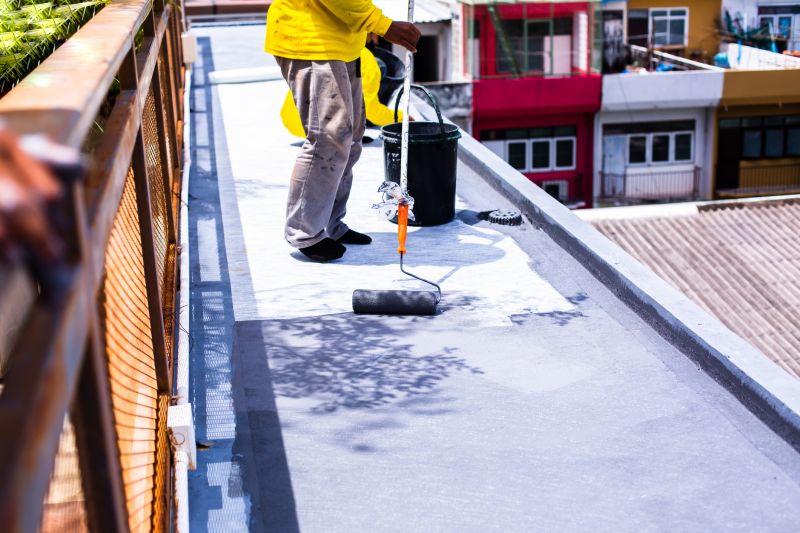
Rain and extreme cold can hinder waterproofing processes.
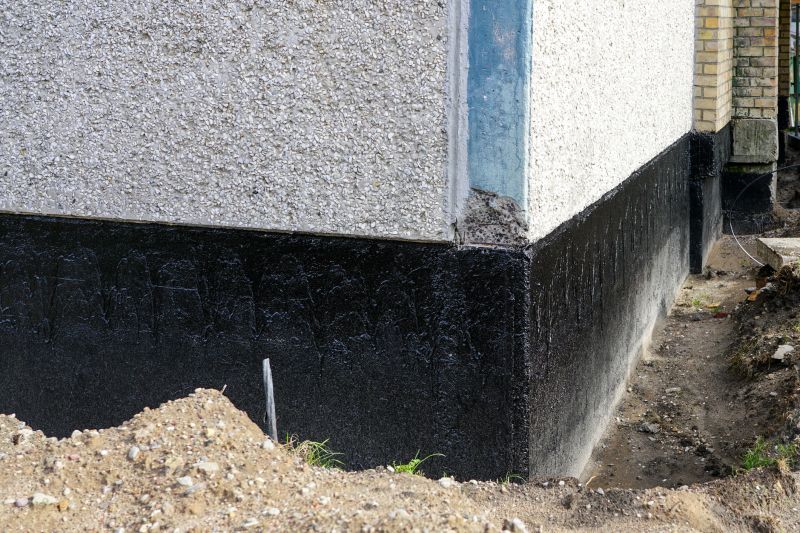
Complete waterproofing projects before cold weather sets in.
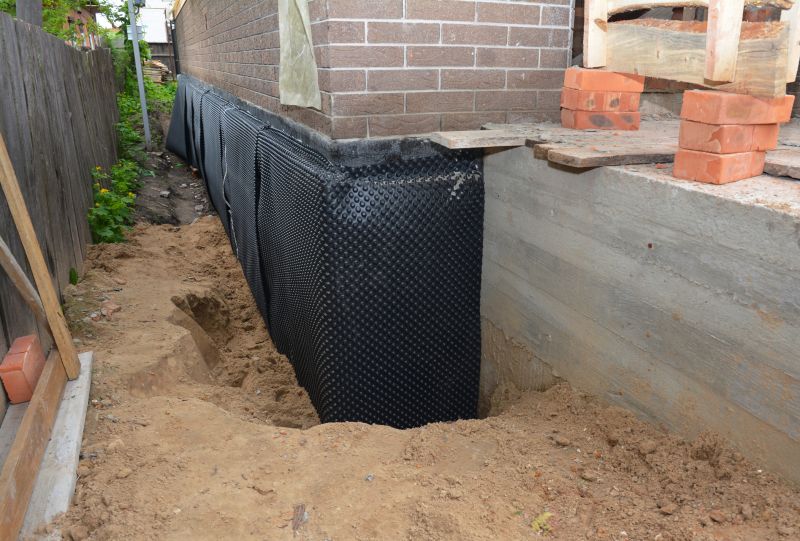
A frequent mistake in Waterproofings and how to dodge it.
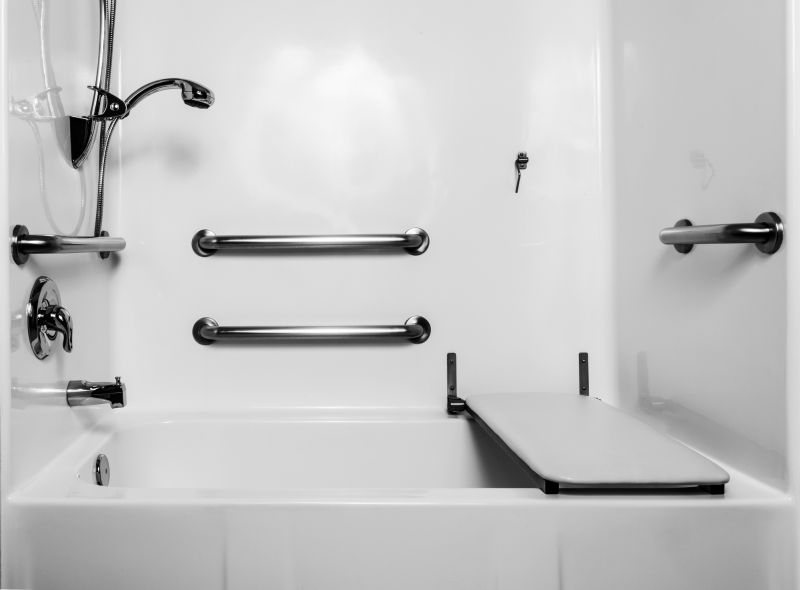
Small tweaks to make Waterproofings safer and easier to use.

Lower-waste or water-saving choices for Waterproofings.
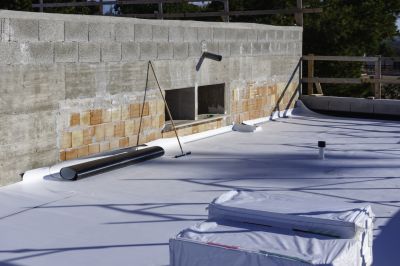
The short, realistic tool list for quality Waterproofings.
Choosing the right time for waterproofing depends on climate conditions and project requirements. Proper timing ensures material curing, adhesion, and long-lasting protection. Consulting with waterproofing specialists can help determine the optimal schedule based on local weather patterns and specific building needs.
Interested in waterproofing services? Filling out the contact form provides a convenient way to receive expert guidance and schedule an assessment tailored to the property's needs in Sidney, OH.

